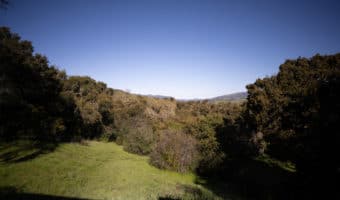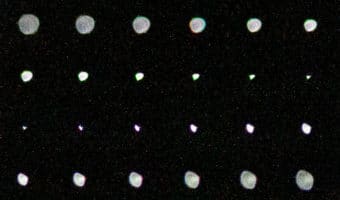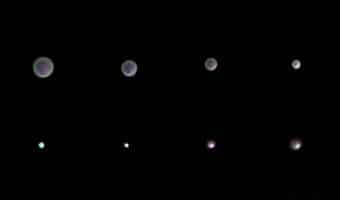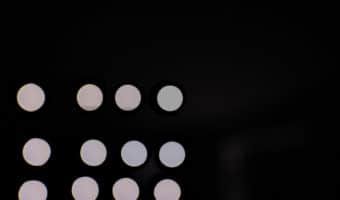In the previous post, I did a head-to-head test of Sony 20 mm f/1.8 G lens to the Z7 and the 20 mm f/1.8 Nikkor S native lens with a Siemens Star target. Now I’ll do a similar test with a real-world subject. Here it is, with both lenses wide open on a Nikon Z7:… [Read More]
Sony 20/1.8 G, 20/1.8 Nikkor S on Nikon Z7
I’ve received a handful of requests to adapt the Sony 20 mm f/1.8 G lens to the Z7 and test the combination against the new 20 mm f/1.8 Nikkor S native lens in a head-to-head situation. Once I was reminded that I could use the TechArt E-to-Z adapter on the Sony, I warmed up to… [Read More]
Through-focus corner performance of the 20 mm f/1.8 Nikkor S
In the previous post, I put the 20 mm f/1.8 Nikkor S on a Z7, aimed it at an artificial star, and used the focus shift shooting (FSS) feature of the camera with a step size of 1 to move from front-focused to approximately in focus to back focused, and I composited them. In this… [Read More]
Nikon 20 mm f/1.8 through-focus behavior
As I said in the previous post, there are two pieces to bokeh. The first is what things look like when they are well out of focus (OOF), and the second is how the transition from OOF to in-focus happens. Yesterday’s post addressed the first; this one will deal with the second. I used a… [Read More]
Sony, Nikon 20mm f/1.8 OOF bokeh on a7RIV, Z7
There are two pieces to bokeh. The first is what things look like when they are well out of focus (OOF), and the second is how the transition from OOF to in-focus happens. The second is complicated, but the first is very simple. What you see when part of the image is well OOF is… [Read More]
- « Previous Page
- 1
- …
- 7
- 8
- 9
- 10
- 11
- …
- 36
- Next Page »




